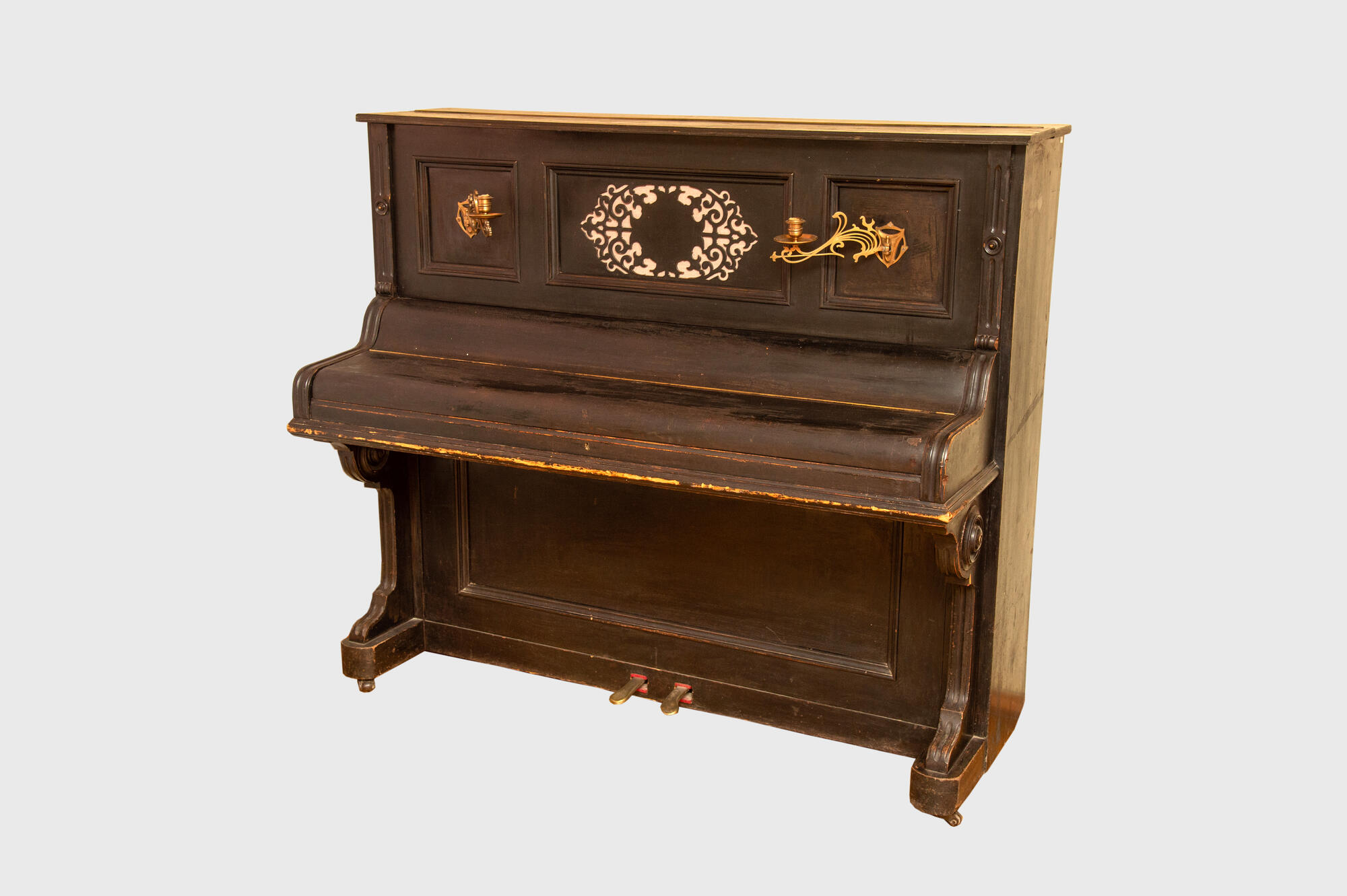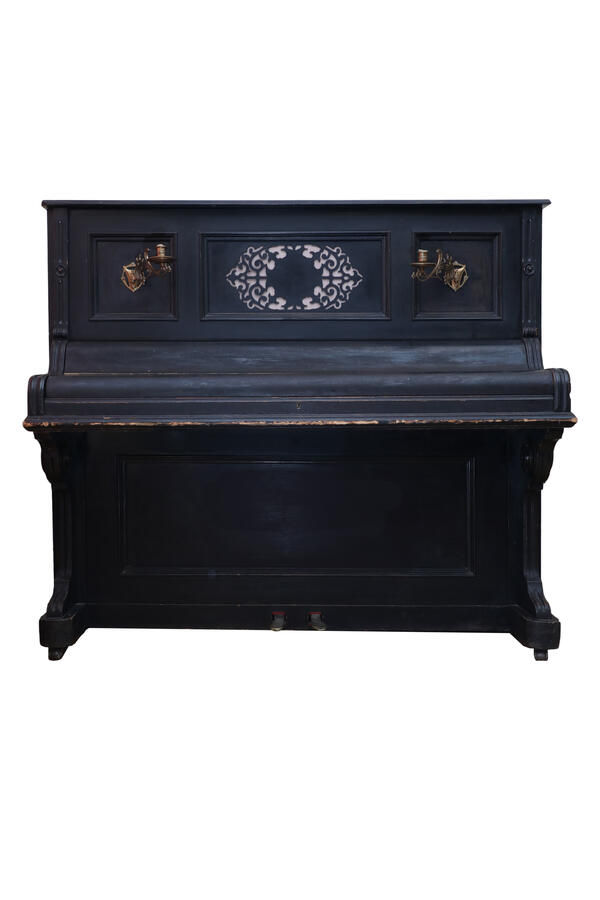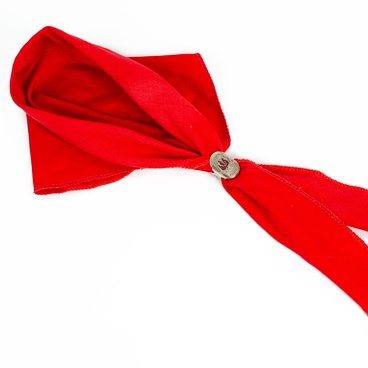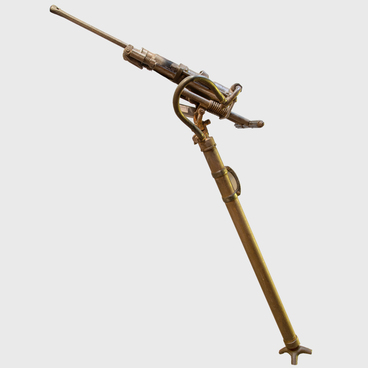The Verkhnyaya Pyshma Historical Museum houses a piano, which was made in 1799 at the Nowicki factory in Warsaw.
The upright piano had the same design as other musical instruments — pianos and grand pianos, but was smaller in size. The strings, soundboard and mechanical part were all vertical, so the instrument occupied much less room. It was created specifically to play music in small spaces.
The first piano appeared in Italy in 1709. It was created by the Italian master Bartolomeo Cristofori. He took as a basis the body of the harpsichord and the keyboard mechanism of the clavichord. After 21 years, the first piece of music was composed for piano.
At the beginning of the 19th century, two masters from America and Austria simultaneously invented the upright piano. The American John Hawkins presented his invention at the end of 1800, and the Austrian master Mathias Müller did the same at the beginning of 1801. Soon, two pedals were added to the new musical instrument, which switched strings and changed the sound.
The first upright pianos, pianos and grand pianos appeared in Russia in 1818–1820, when the factories of Johann Tischner and Karl Wirth opened in St. Petersburg. Musical instruments quickly became popular, but they were expensive and unaffordable for the common people.
Another center for the production of musical instruments was Poland, which was then part of the Russian Empire. Several piano factories were located in Warsaw at once: Jan Kerntopf, Julian Malecki, Nowicki and the piano workshop of Aloiza Kevitsch. The first three companies mainly produced pianos. They assembled the musical instruments from overseas ready-made parts. Most often, the products were bought by Poles, but some of them ended up in other regions of the country.
In the second half of the 20th century, electronic pianos and synthesizers appeared. Inside such instruments were also strings and reeds, which were controlled using keys and a hammer system. However, unlike mechanical pianos, the sound was converted into an electrical signal. Later, digital instruments appeared in which hammers hit special sensors.
The upright piano had the same design as other musical instruments — pianos and grand pianos, but was smaller in size. The strings, soundboard and mechanical part were all vertical, so the instrument occupied much less room. It was created specifically to play music in small spaces.
The first piano appeared in Italy in 1709. It was created by the Italian master Bartolomeo Cristofori. He took as a basis the body of the harpsichord and the keyboard mechanism of the clavichord. After 21 years, the first piece of music was composed for piano.
At the beginning of the 19th century, two masters from America and Austria simultaneously invented the upright piano. The American John Hawkins presented his invention at the end of 1800, and the Austrian master Mathias Müller did the same at the beginning of 1801. Soon, two pedals were added to the new musical instrument, which switched strings and changed the sound.
The first upright pianos, pianos and grand pianos appeared in Russia in 1818–1820, when the factories of Johann Tischner and Karl Wirth opened in St. Petersburg. Musical instruments quickly became popular, but they were expensive and unaffordable for the common people.
Another center for the production of musical instruments was Poland, which was then part of the Russian Empire. Several piano factories were located in Warsaw at once: Jan Kerntopf, Julian Malecki, Nowicki and the piano workshop of Aloiza Kevitsch. The first three companies mainly produced pianos. They assembled the musical instruments from overseas ready-made parts. Most often, the products were bought by Poles, but some of them ended up in other regions of the country.
In the second half of the 20th century, electronic pianos and synthesizers appeared. Inside such instruments were also strings and reeds, which were controlled using keys and a hammer system. However, unlike mechanical pianos, the sound was converted into an electrical signal. Later, digital instruments appeared in which hammers hit special sensors.



